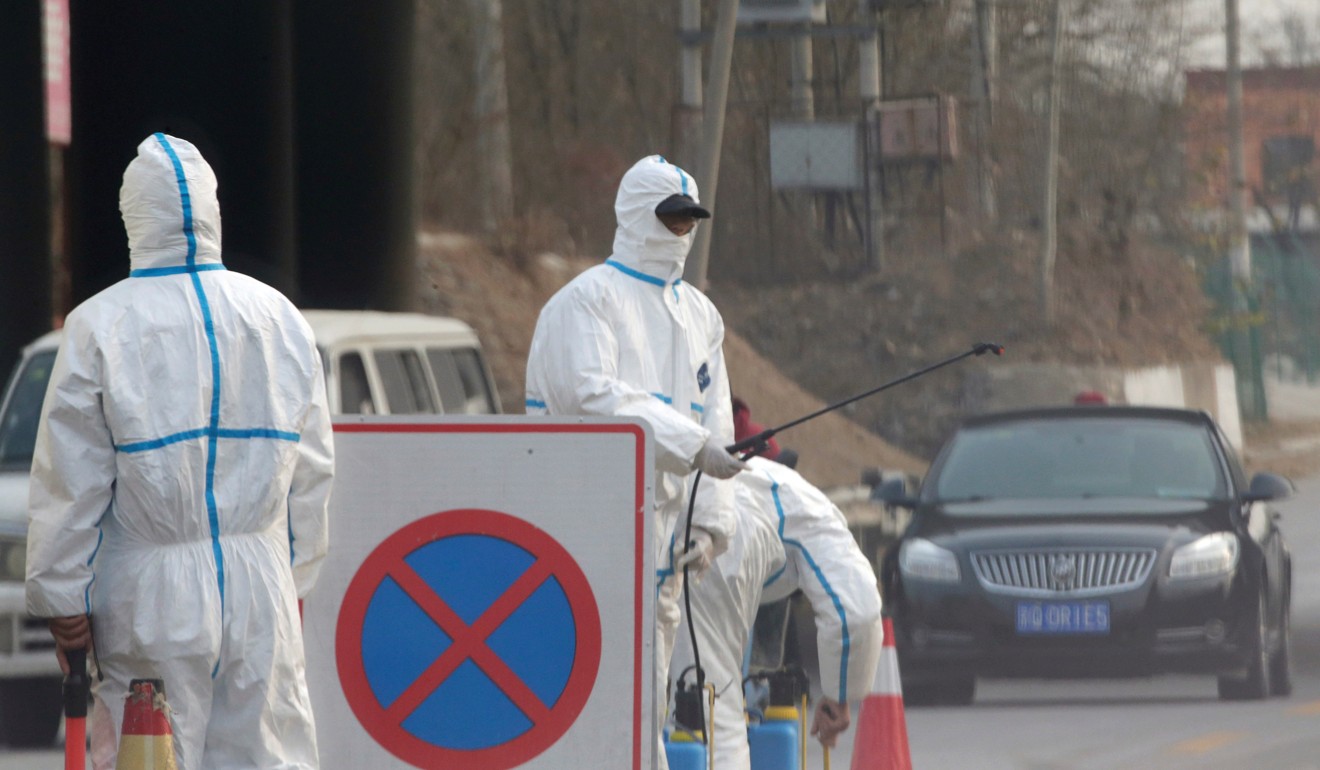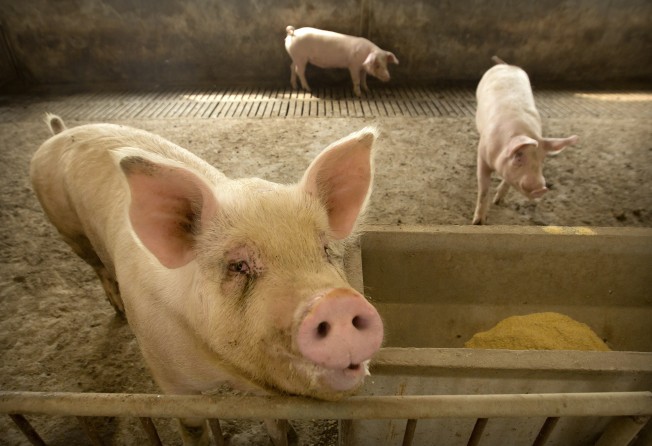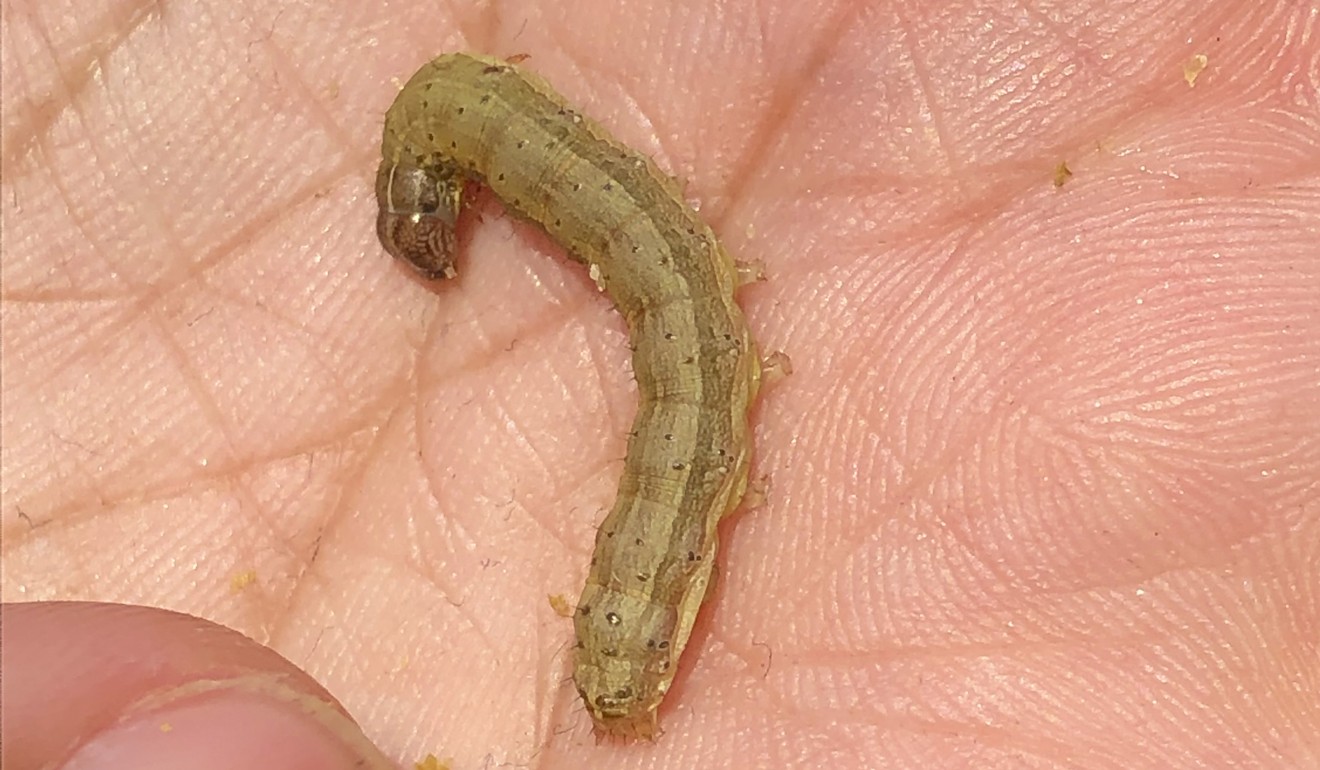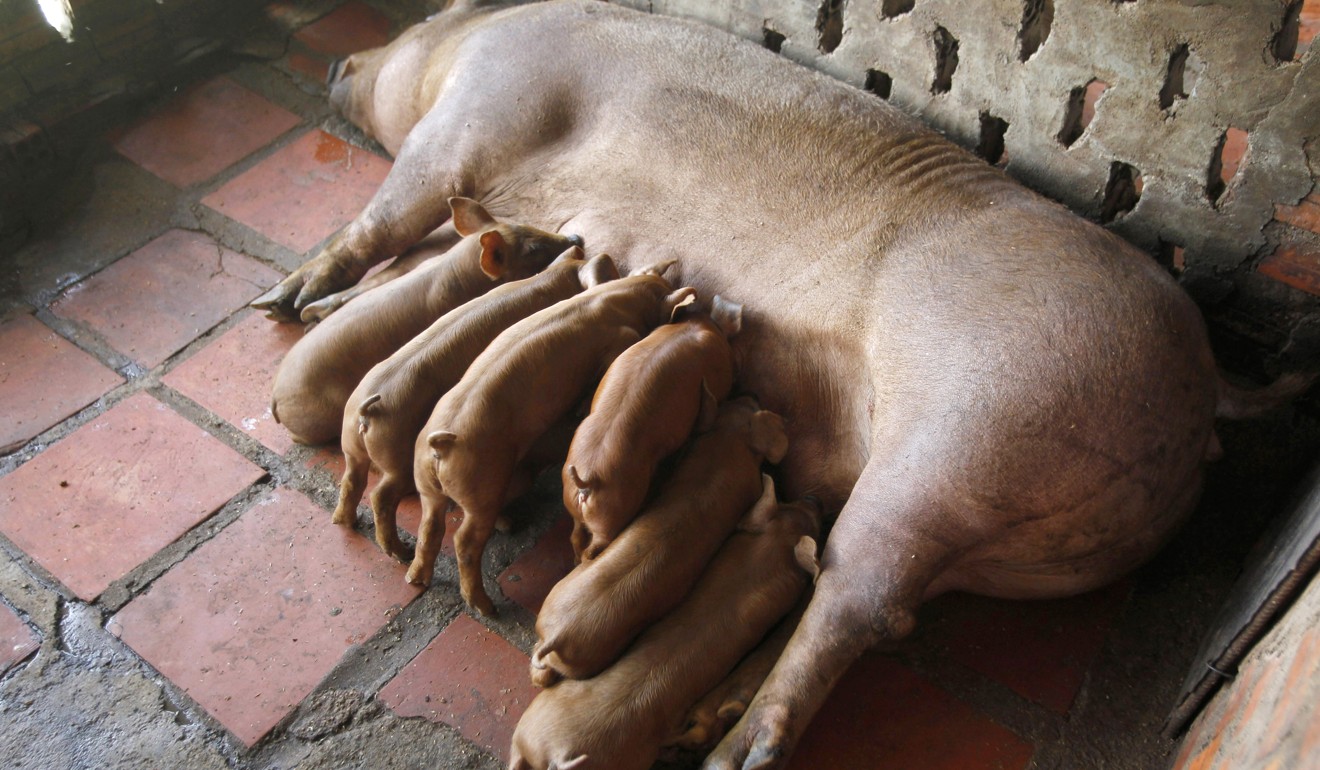
Swine fever in China among risks to food markets, warn UN food agency and OECD
- Experts forecast a 5 per cent fall in Chinese pork output this year, but say it should return to previous levels in 2020

The spread of a deadly pig disease in China that has disrupted the world’s biggest pork market is one of the major risks to a well-supplied global agricultural sector, the United Nations’ Food and Agriculture Organisation and the Organisation for Economic Cooperation and Development said on Monday.
African swine fever was highlighted in the FAO and OECD’s annual agricultural outlook for 2019-2028, which forecast broadly stable agricultural markets in the coming decade as productivity gains help output keep pace with rising demand for food, livestock feed and crop-based biofuels.

China is grappling with African swine fever, which has spread across much of the country in the past year. There is no cure or vaccine for the disease, often fatal for pigs although harmless to humans.
The FAO/OECD forecast a 5 per cent fall in Chinese pork output this year, while imports were forecast to rise to almost 2 million tonnes from an average 1.6 million tonnes per year in 2016-2018.
Pork production was then projected to recover in 2020 to 2018 levels, before resuming a longer-term growth path, supported by robust underlying demand, the FAO and OECD said in their outlook.
But African swine fever’s impact was still unclear, compared with the spread of the fall armyworm crop pest in China and other parts of Asia which was seen as manageable using pesticides, the organisations said.

“Measures to contain the outbreak are assumed to moderately depress global pork production in the short term,” they said. “As their success is uncertain, the medium-term impact of the epidemic may become more severe than currently anticipated.”
Other observers have projected a steeper fall in Chinese pork production as herds are culled and given suspicions that cases are being under-reported, while the authorities have said outbreaks are slowing and output recovering.
The FAO/OECD report forecast lower prices in real terms over the decade for most major agricultural commodities, a trend they have predicted previously.
In addition to disease threats and perennial weather risks, another big issue for agricultural markets was rising trade tensions.

Chinese tariffs as part of a trade dispute with Washington would prevent US pork benefiting from short-term demand for imports, the FAO and OECD said.
Asia would continue to drive global demand for pork, while poultry would lead global growth in meat demand, accounting for half of additional consumption in the next 10 years, the organisations estimated.
Dairy, however, was expected to be the single fastest-growing livestock sector, fuelled by brisk demand in India and Pakistan, they said.